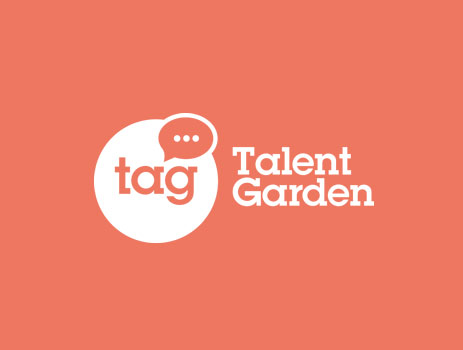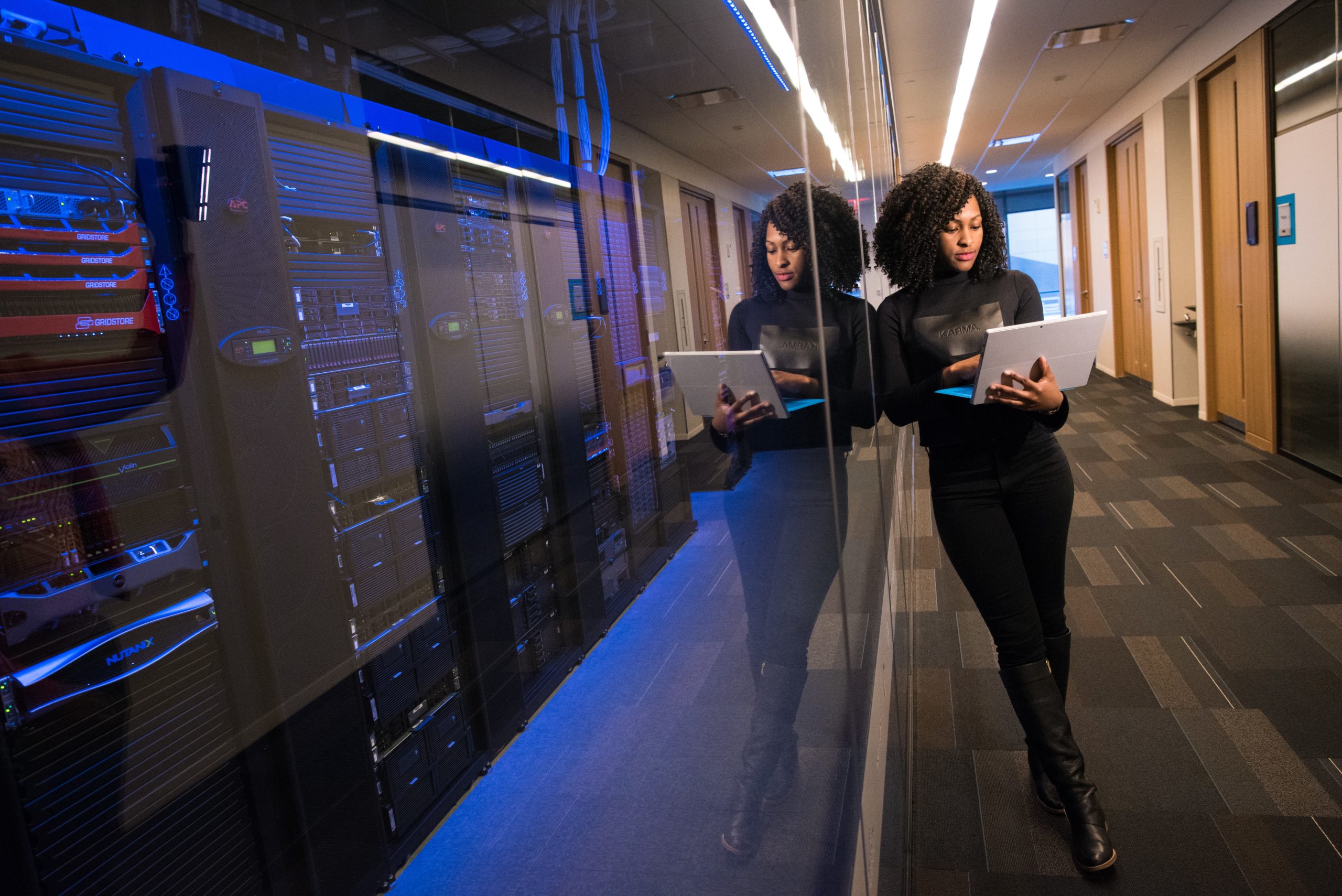Community
2
min read
What is the Difference between a CoWorking place and a Shared Workplace?


Don't you want to read? Try listening to the article in audio mode 🎧
If you look up the definition of Coworking, it will give you the Oxford Dictionary definition saying “The use of an office or other working environment by people who are self-employed or working for different employers, typically so as to share equipment, ideas, and knowledge.”
While this is an accurate explanation, it still misses some key points about what exactly makes a coworking place special in comparison to a workplace. So what are some of the differences?
First, coworking spaces are usually launched by a group of people or an organization, while shared workspaces are usually when one is working with a company and is able to find an open desk through the company. All resources for a shared workspace is what is given to the worker initially, and everything else, such as networking opportunities is then left to the member to self navigate. In contrast, coworking spaces have a strong focus on cultivating their internal community and both coordinating for and assisting its members in all areas related to learning, collaboration, and meaningful connection. Considering this, we can see that coworking spaces allow for both individual growth and community growth, allowing independent work but also collective work or teamwork. Coworking spaces reach these successes by setting up social events to build organic relationships and also provide specified areas in the working space for coworkers to socialize and touch base with one another if they would like to.
With the coworking social benefit aspect in mind, our next point is proposed- coworking spaces have a community builder. A community builder is often the first person you see when you arrive for the day, someone to greet you in the mornings and guide you at events! This person often is there if you need help and to make sure that the space is comfortable and friendly in order for you to be able to focus on your work and achieve your goals. A big difference and benefit is this person because they will be the one to coordinate and invite you to events, and to make sure your day-to-day runs smoothly in the space in which you work in.
A third important point is that coworking spaces typically offer a concentration or typology. What does this mean? For example, a cooking start-up looking for a space to work and a community to work with, while also being in an environment that specializes in culinary arts, would better be able to find what they are looking for in a culinary coworking space. If they look for and choose a coworking space that has focus on the culinary, then they will be able to learn more skills related to their interests, meet more people who have similar interests, and gain skill for their personal interests.
Further, coworking spaces have values and everyone knows about it. Shared workspaces can have similar values as respect in a workplace is expected, but coworking spaces have their members interests in mind. One value that a shared workplace probably doesn’t have but a coworking place usually does is Happiness and Inspiration.. With these goals in mind for example, a coworking place reaches to grow together professionally and personally. Coworking entities work to meet these goals through shared interest, hobbies, activities, as well as through meetings, workshops, and training service. All of which are not a part of general shared spaces.
Now that you know a shared workspace and coworking space are not the same, you will be able to distinguish which you’d prefer in the case that you choose to be a part of one community or the other, and you will not fall into being a person who assumes the two spaces are the same, picking one that may have less resources than the other!
Article updated on: 09 August 2023

Don't Waste Your Talent. Turn It Into a Career With a Course That Fits Your Needs!
Talent Garden is your Digital Skills Academy, offering courses in Digital Marketing, UX Design, Digital HR and Data Analysis designed to launch your career.
Keep reading

3
min read
What is the Messy Middle and how it affects the funnel and conversions
The Messy Middle: the definition according to Google The Messy Middle is a model developed and proposed by Google, ...
Talent Garden
08/03/2022

4
min read
Atomic Design: what it is and why it is important in UI
The definition “design system” indicates a set of specifications that allow the creation of consistent user interfaces ...
Talent Garden
10/03/2022

4
min read
How to become a Chief Risk Officer (or Risk Manager)
What is Risk Management: the definition Risk management is a task that includes all identification processes, ...
Talent Garden
04/03/2022

4
min read
What Data Engineers do, how to become one and how much they earn
To define the professional figure of the Data Engineer it is useful to refer to Big Data, that is the amount of ...
Talent Garden
23/05/2022
